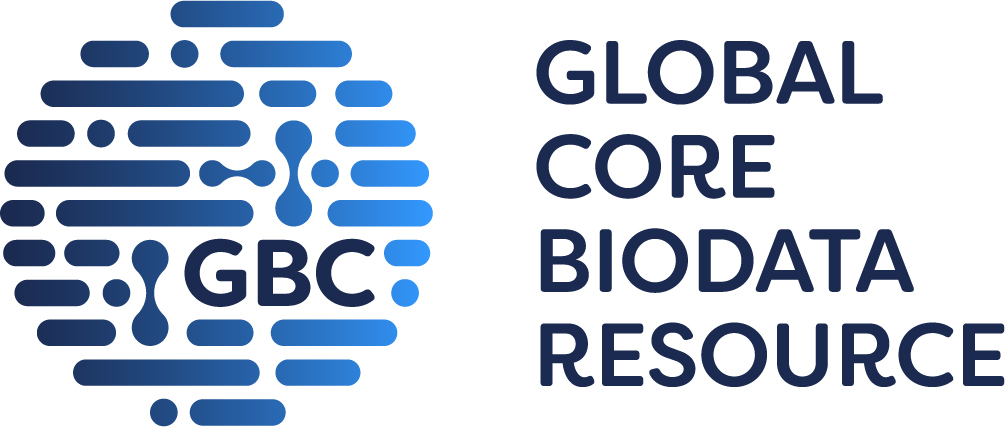
GtoPdb is requesting financial support from commercial users. Please see our sustainability page for more information.
Alanine/serine/cysteine transporter subfamily C
Unless otherwise stated all data on this page refer to the human proteins. Gene information is provided for human (Hs), mouse (Mm) and rat (Rn).
Overview
ASC transporters mediate Na+-dependent exchange of small neutral amino acids such as Ala, Ser, Cys and Thr and their structure is predicted to be similar to that of the glutamate transporters [2,12]. ASCT1 and ASCT2 also exhibit thermodynamically uncoupled chloride channel activity associated with substrate transport [1,4,13]. Whereas EAATs counter-transport K+ (see above) ASCTs do not and their function is independent of the intracellular concentration of K+ [1,13].
Transporters
873|
ASCT1 (Alanine/serine/cysteine transporter 1 / SLC1A4) C Show summary »
|
||||||||||||||||||||||||
|
ASCT2 (Alanine/serine/cysteine transporter 2 / SLC1A5)
C
Show summary »
More detailed page |
Comments
How to cite this family page
Database page citation (select format):
Concise Guide to PHARMACOLOGY citation:
Alexander SPH, Fabbro D, Kelly E, Mathie AA, Peters JA, Veale EL, Armstrong JF, Faccenda E, Harding SD, Davies JA et al. (2023) The Concise Guide to PHARMACOLOGY 2023/24: Transporters. Br J Pharmacol. 180 Suppl 2:S374-469.










The substrate specificity of ASCT1 may extend to L-proline and trans-4-hydroxy-proline [10]. At low pH (~5.5) both ASCT1 and ASCT2 are able to exchange acidic amino acids such as L-cysteate and glutamate [11-12]. In addition to the inhibitors tabulated above, HgCl2, methylmercury and mersalyl, at low micromolar concentrations, non-competitively inhibit ASCT2 by covalent modificiation of cysteine residues [9].